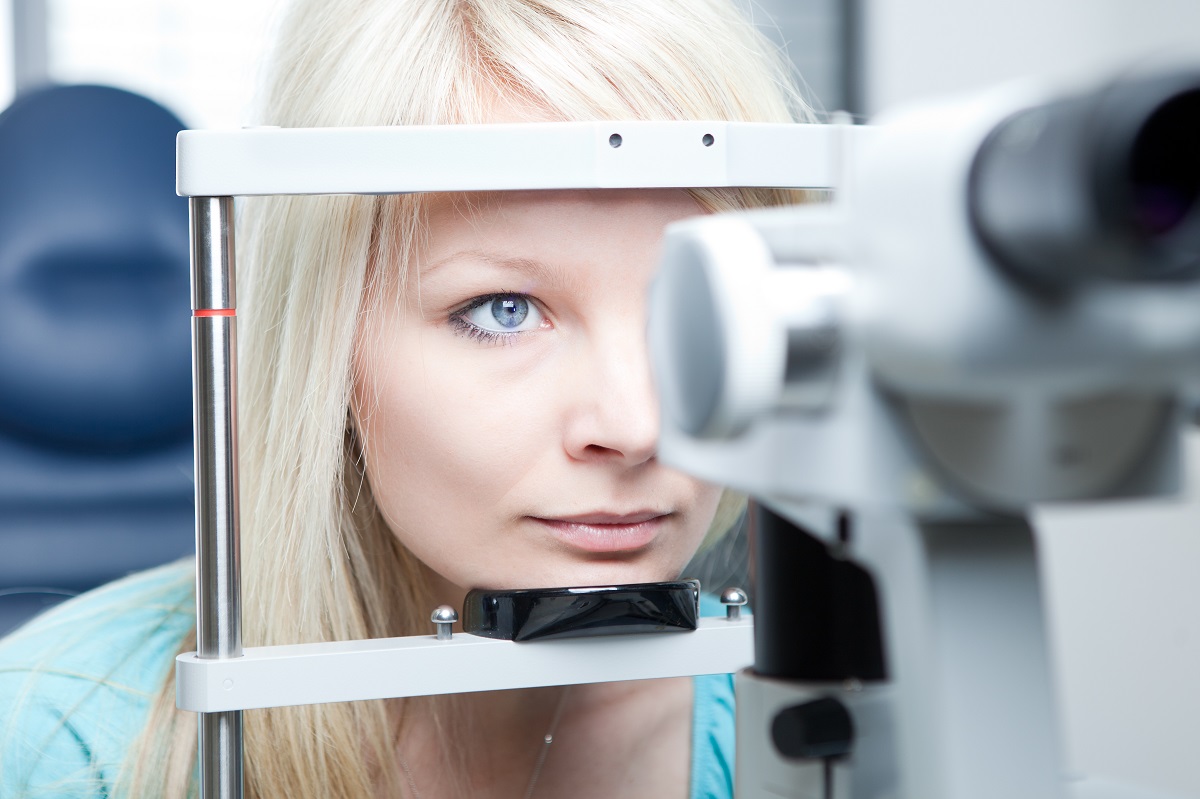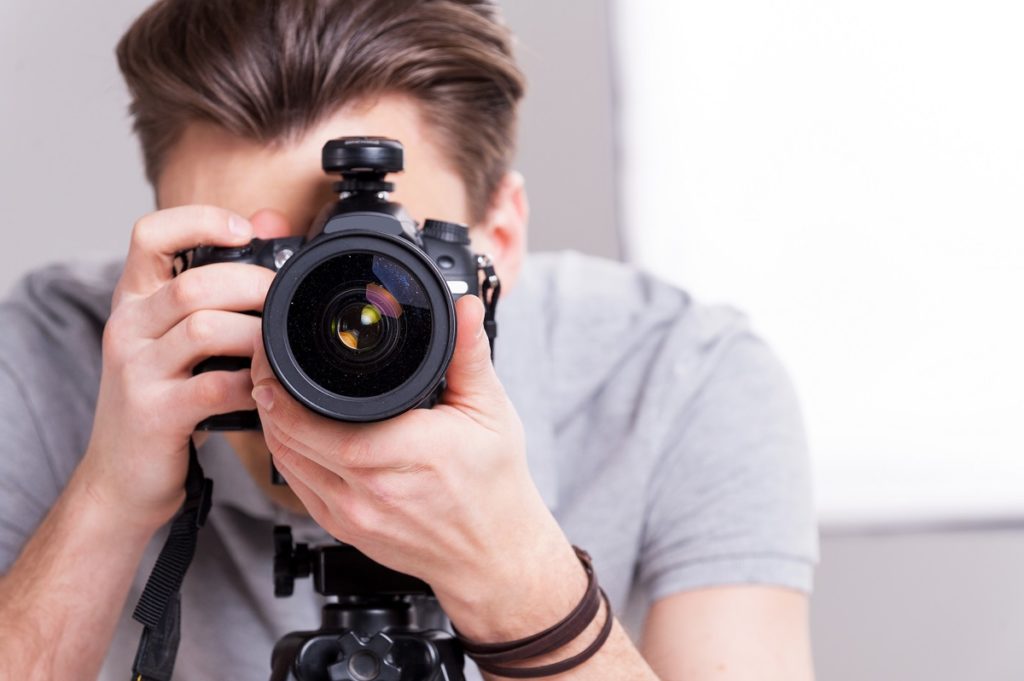Vision problems and photography don’t sound like a great mix, right? You would think that if someone is a photographer, he or she should have perfect vision. After all, how can they see whether a photo is blurred or not? How can they focus the lens? How can they capture emotions or a bird perching on the edge of a branch? But photography is more of an art than a science. Some photographers see the camera as their second set of eyes. They can see better with it.
Sure, people with retina problems can get retina laser surgery from a trusted eye specialist. Technology finally made it possible for people with poor eyesight to regain their 20/20 vision. At least, that’s how it is for nine of out 10 people who underwent laser surgery for their eyes.
But even doctors will tell you there is no guarantee you will be able to see perfectly. It all depends on how your body reacts to the treatment. The surgery might be able to prevent the further deterioration of your eyesight, but you will still have to work on some techniques to take photos and do mundane tasks.
Can People with Bad Eyesight Take Good Photos?
Some photographers operate with poor vision. They only use what little they can see through the camera. This means that if the problem is in the lower spectrum of the peripheral vision, photographers such as Steven Hazlett use his upper peripheral vision. He focuses on people’s eyes. That’s what you will see in his photographs. In an interview, he said that this technique brings him closer to his patients.
Nils Karlson is another photographer with bad eyesight. He suffers from glaucoma, but that hasn’t affected his ability to create great projects. He said that his right eye is useless for photography, so he adapted and uses his left eye to do most of his shots.
Walter Rothwell and Francesco Nacchia are two other photographers with vision problems. Both of them managed to be successful in their fields and create stunning photos that grace magazines and editorials. They didn’t let their eyesight problems affect their dreams. So yes, it is possible to become a photographer while also dealing with eyesight problems.
Seeing in Contrast
Some photographers with vision problems see well in contrast. That means they can shoot better when they do in black and white. You will notice that photographers with eyesight problems usually specialize in black and white photography. This is because they can distinguish between light and dark elements of an image or subject, but not the colors exactly.
A Close Encounter
Other photographers have a different technique, too. It involves walking closer to the subject while pointing the camera to it, and then shooting only when they are three to four inches away from it. This technique blurs and darkens the background while the subject gets the light it needs from the exposure.
Blurred Lines
Eyesight problems in photographers also make it impossible for them to take sharp and clear photos. So, they mostly specialize in abstract photos. For example, even if they see some blurred lines in the distance, they can take a photo of it if they know what’s there. This works best for landscapes and cityscapes. When they see a light from afar (an airport runway, for example), they can point their camera to it and shoot away.
It’s the same thing when taking photos of nature. A photographer’s vision doesn’t have to be perfect. As long as they know where the subject stands, it is easy for them to frame it whether it shifts slightly to the left, right, or center.
Using Technology

Thanks to digital cameras and its auto function, it has become possible for people with bad eyesight to become photographers. These point-and-shoot cameras are a good starting point for photographers. Most of those who suffered from poor eyesight problems started with point-and-click cameras. Since they cannot shoot manually, they opted to use the auto function of digital cameras. This allowed them to focus on trying to see where to point the camera than on framing the subject in the viewfinder.
Vision problems should never be a hindrance to pursuing photography. Even people declared as legally blind still managed to find success in photography. After all, for most of these photographers, what matters is how their photos evoke emotions in the people who see their photos. The right technology and the courage to embrace your limitations will allow people to do a lot of things they thought were impossible.

